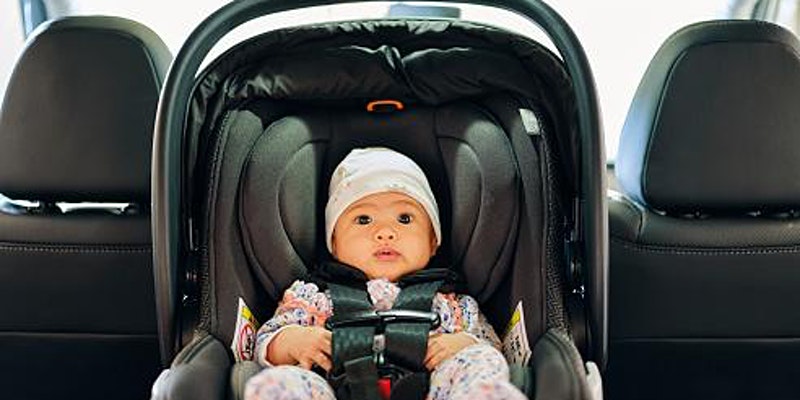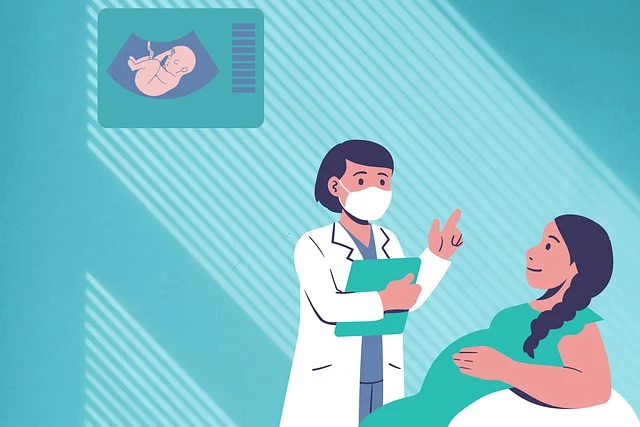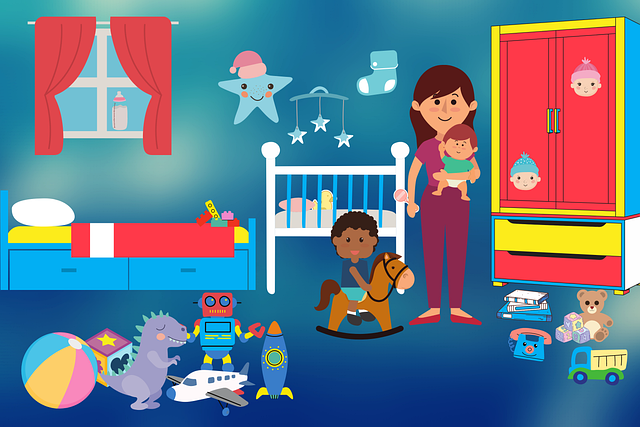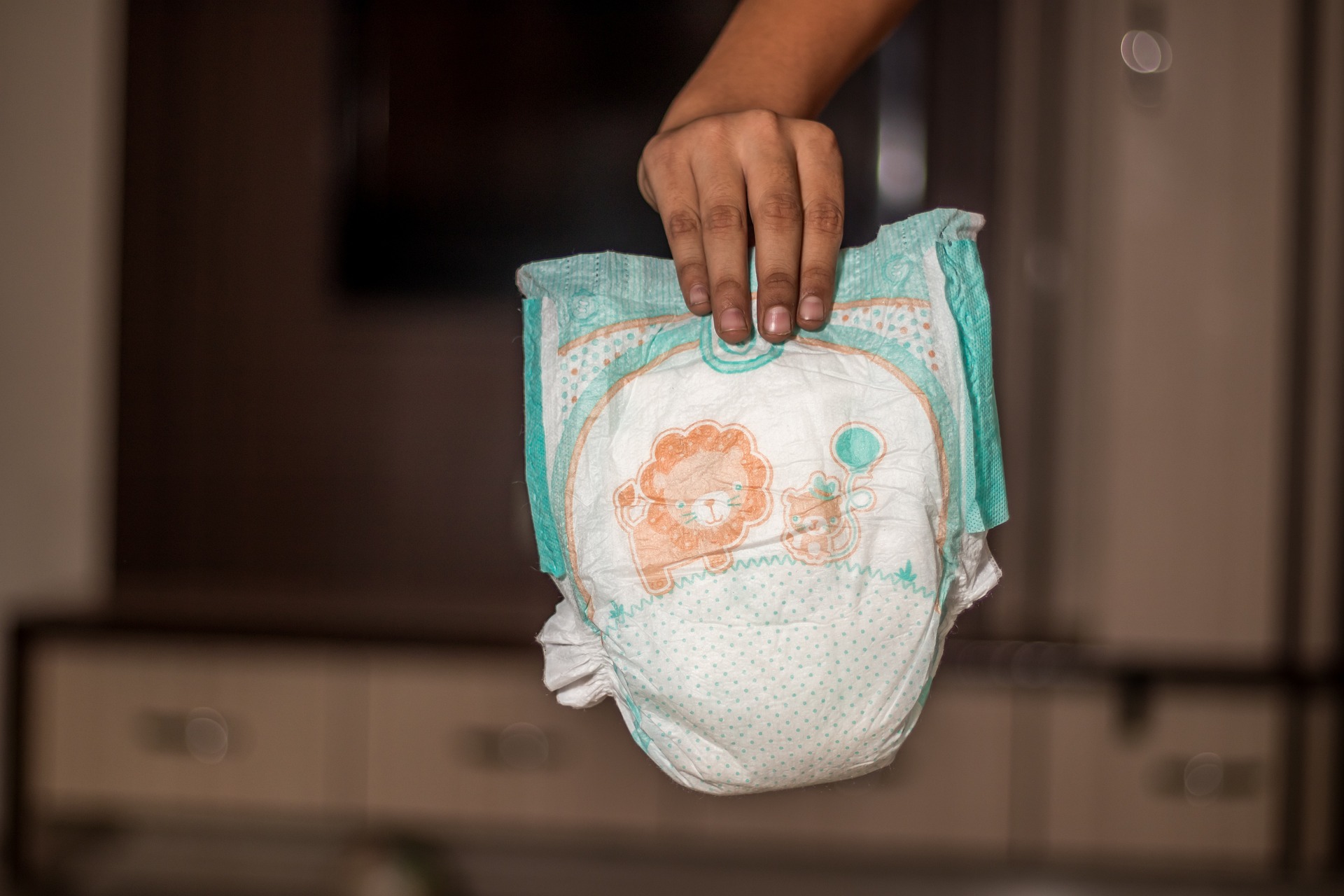Car Seat Safety
Topic:
- Parenting
If you have a young child, make sure they are safe in a car seat!
Did You Know?
- Car accidents are the leading cause of preventable injuries and deaths among children in the U.S.
- Correctly used child safety seats can reduce the risk of death by up to 71%.
- 3 out of 4 car seats are not installed or used properly.
Safety Tips
Choosing the Right Car Seat
- Pick a seat that matches your child’s age, height, and weight.
- Follow these guidelines from the American Academy of Pediatrics:
- Use a rear-facing car seat as long as possible. Most children can remain rear-facing until age 4.
- Once they outgrow the rear-facing seat, switch to a forward-facing car seat with a harness until the seat’s limits are reached (often up to 60 lbs).
- After exceeding forward-facing limits, use a booster seat until the seat belt fits properly.
- Children should always use a lap and shoulder belt when they no longer need a booster.
- All children under 13 should ride in the back seat for the safest protection.
Installing Your Car Seat
- If you are in SWFL, schedule an installation check with a car seat technician at the Golisano Children’s Hospital of Southwest Florida by calling 239-343-5101.
- Use either a seat belt or lower anchor to secure the car seat—not both.
- When installing a forward-facing seat, always use the top tether.
Proper Harness Fit
- Use a 5-point harness that secures over the shoulders, hips, and chest.
- Ensure the harness is snug—do the pinch test at the shoulders: if you can pinch the harness webbing, it’s too loose.
- Adjust the harness height based on your child’s position:
- Rear-facing: Harness should be at or below the shoulders.
- Forward-facing: Harness should be at or above the shoulders.
When to Change the Car Seat
- Follow the car seat’s weight, height, and age limits.
- Replace the car seat if it’s expired, damaged, recalled, or involved in a crash.
- Check with the manufacturer or car seat manual for specific guidelines.
Choosing a Car Seat: Types and Tips
Rear-Facing Seats
- Use as long as possible—up to the maximum weight or height allowed.
- Ensure the car seat is reclined properly and never faces forward.
Convertible Seats
- Start rear-facing until your child reaches the limits, then switch to forward-facing.
- Some models can remain rear facing until 40-50 lbs.
Forward-Facing Seats
- Use with a harness until your child outgrows the weight or height limits (typically 40-90 lbs.).
- Ensure the top tether is secured snugly.
Booster Seats
- Use a booster until the seat belt fits properly.
- The lap belt should sit low on the hips, and the shoulder belt should cross the shoulder and collarbone.
Seat Belts
- Keep children in a booster until they are 8-12 years old or 4’9” tall.
- The seat belt must fit snugly with the lap belt on the hips, not the stomach, and the shoulder belt on the shoulder, not the neck.
Preventing Heatstroke
Never Leave Your Child Alone in the Car
- A child’s body heats up 3-5 times faster than an adult’s.
- Even 10 minutes in a car can cause the temperature to rise by 19 degrees.
- For more information on heatstroke prevention, visit Safe Kids Worldwide.
Remember to ACT:
- Avoid leaving children alone in cars, even for a minute.
- Create reminders to check the back seat, such as leaving a necessary item in the back.
- Take action if you see an unattended child—call 911 immediately.
Florida Law
- It’s illegal in Florida to leave a child under 6 unattended in a car. Violations may result in fines, imprisonment, or loss of custody.
Parking Lot Safety
Preventing Back over Accidents
- Always walk around your vehicle to check for children before moving.
- Hold hands with small children in parking areas and designate a safe waiting spot.
By following these guidelines, you can make sure that every ride is as safe as possible for your child.
For more information: Child Passenger Safety | Child Advocacy | Lee Health












